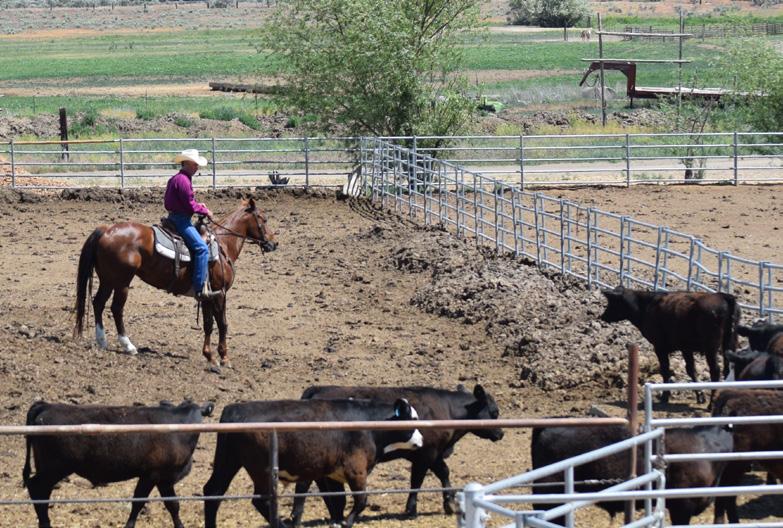
2 minute read
Teamwork
By: Ted Howard, Production Animal Consultation
You don’t have to look hard to find information on teamwork. Material concerning teamwork floods our daily lives through our Facebook pages, the articles we read and in the media we watch. The legendary UCLA basketball coach, John Wooden is one of the most quoted and highly regarded coaches of all times. His sentiment of “much can be accomplished by teamwork when no one is concerned about who gets credit” is spot on. However, do we ever stop and ask ourselves what teamwork actually looks like in our own organization?
I am very fortunate to have been given the opportunity to align myself with PAC’s Stewardship Division. Working alongside some very genuine stockmen/women, in some great feedyards, has allowed me to witness all kinds of great teamwork efforts. The teamwork between departments in some of these yards elevates them way ahead of their peers in safety, health and gain of their cattle and employee satisfaction.
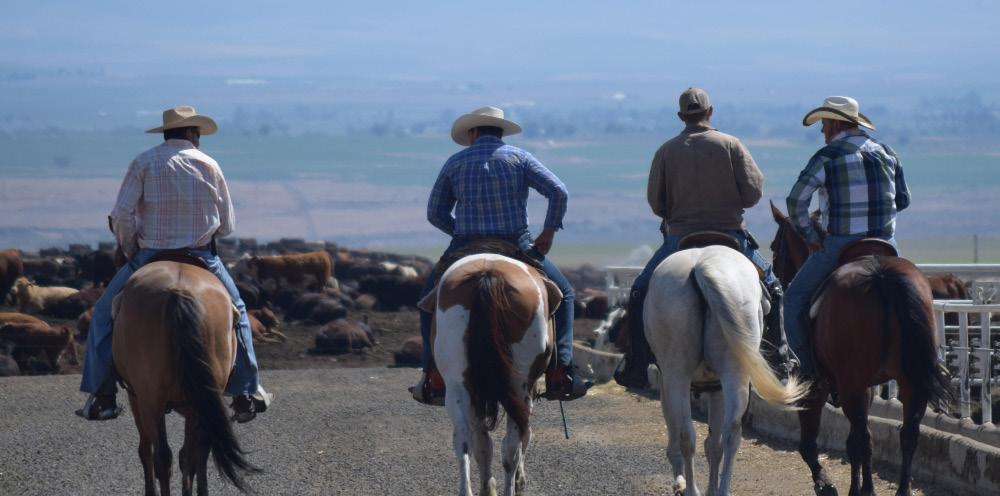
The best practices of teamwork I have seen are amongst those that respect each other and understand that each department’s function is crucial to the well being of the livestock. Cowboy crews that open gates for feed truck drivers and feed truck drivers that help set gates for the cowboys as they move cattle throughout the yard are demonstrating teamwork. The cowboys will wait at bunk gates for the feed truck drivers to complete their feeding pass prior to entering the feed alley are showing respect.
The communication between these two departments is very important. In yards where these departments work together, feed truck drivers will identify cattle that are down in pens or report anything abnormal to the cowboys. The cowboys in turn, will report any health issues that are feed related back to the feeding crews.
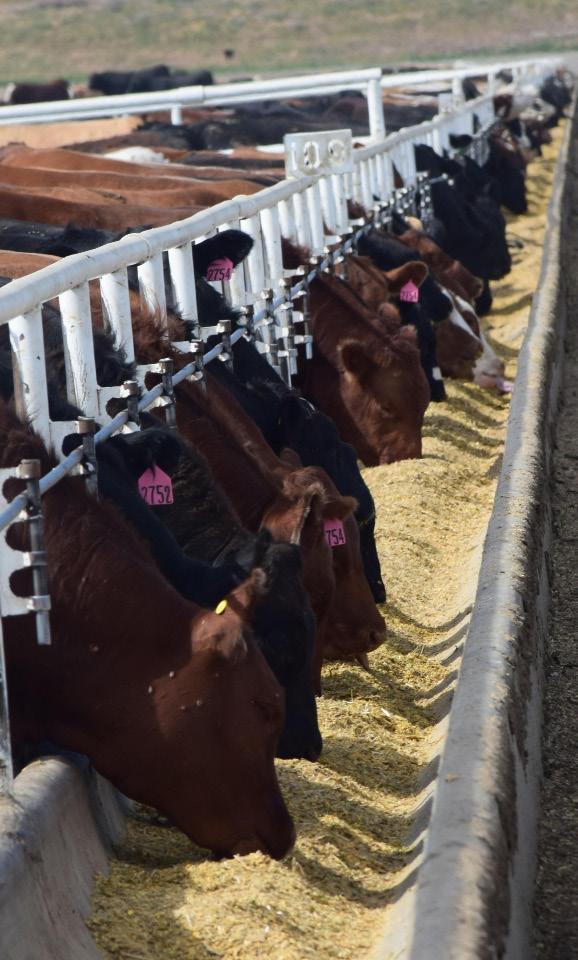
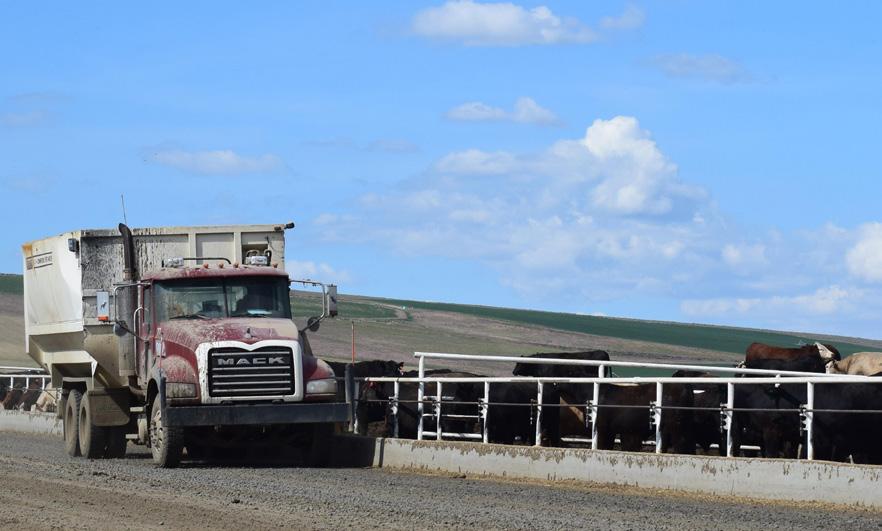
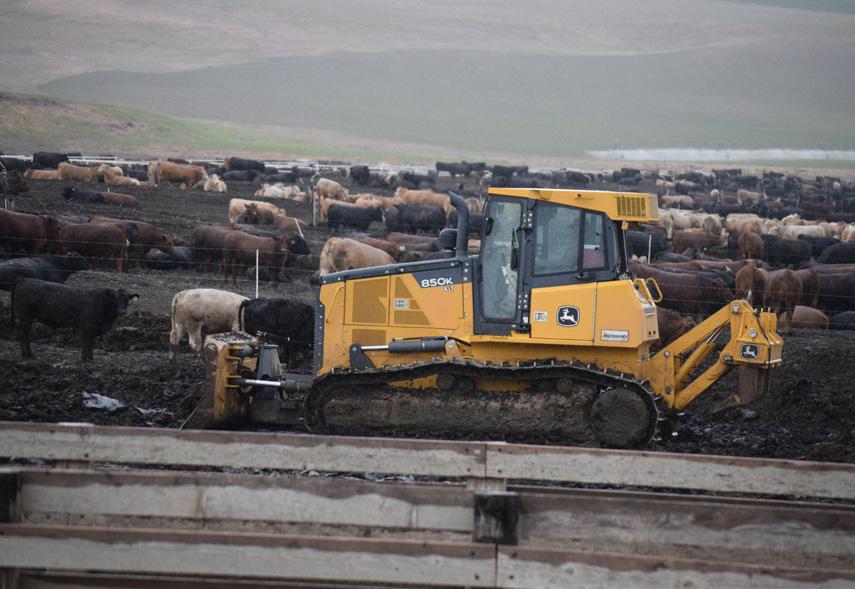
Cowboy crews will open gates for the maintenance crews when they are entering the pens. Pen cleaners will stop their equipment when a cowboy enters and rides the pen. This is a very safe practice for the rider and horse. Some horses are new to the feedyard environment and are frightened of feed trucks and other equipment. It is crucial that all team members in a feedyard understand that every horse is different and that they react differently to each situation.
In yards with strong teamwork, I see maintenance crews shag cattle for the processing crew. Cowboy crews help with fence maintenance as time allows. The processing crews handle the cattle quietly from the home pen through the processing facility and back to the pen. This proper handling of cattle makes them easier to handle and sickness easier to detect for the cowboy crew. The cowboy crews help take processed cattle back to their home pens late in the day to allow the processing crew to continue processing and finish up timely. In yards that value teamwork, everyone leaves at the same time.
The leading feedyards also demonstrate teamwork between management and each department. Managers, who acknowledge and respect each person on their teams, are setting a very important example. A manager’s positive recognition helps build morale and instills the importance of teamwork throughout the organization.
Working with a good team makes for a much safer and enjoyable day for everyone involved. Perhaps John Wooden said it best when he said “a player who makes a team great is much more valuable than a great player”.










